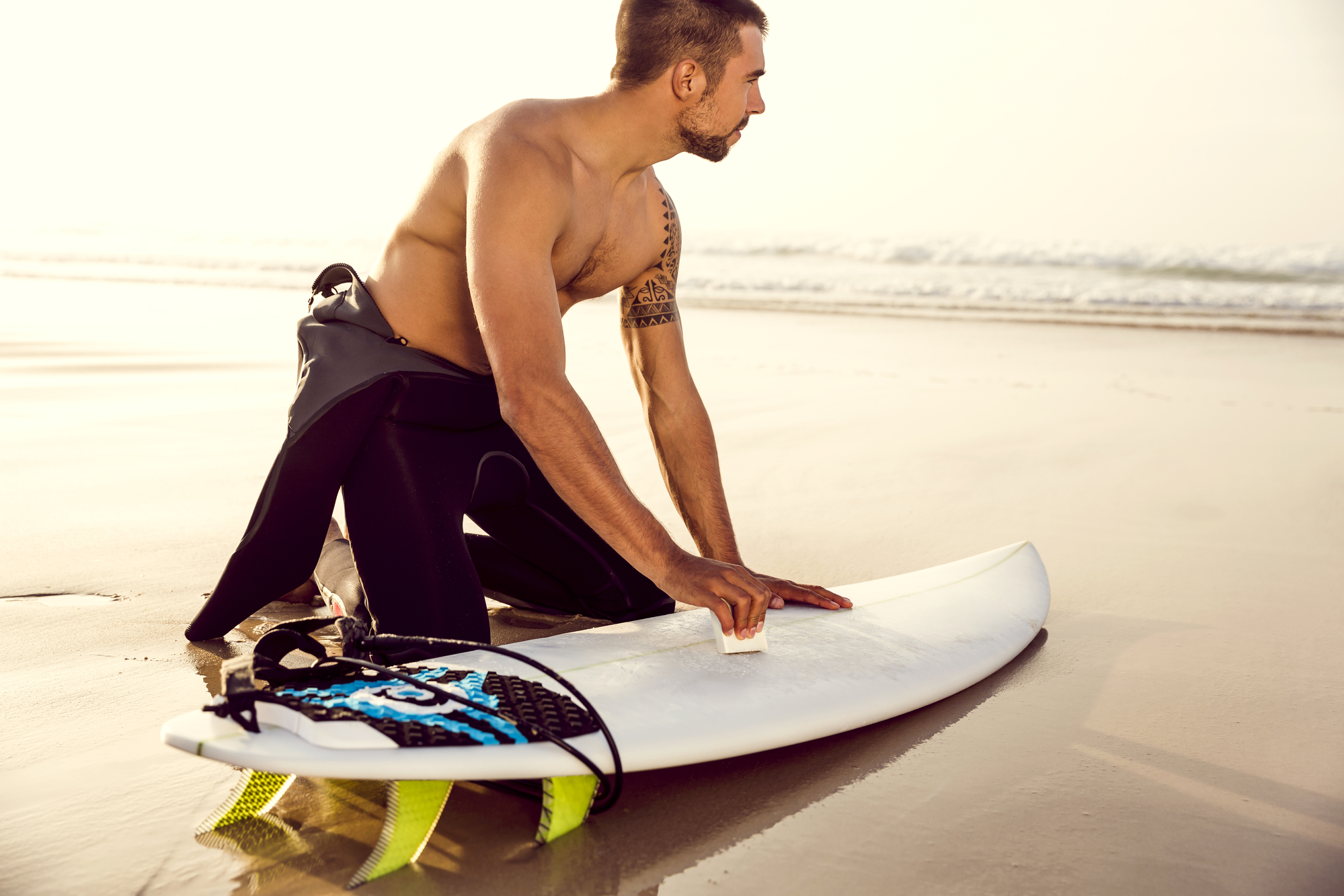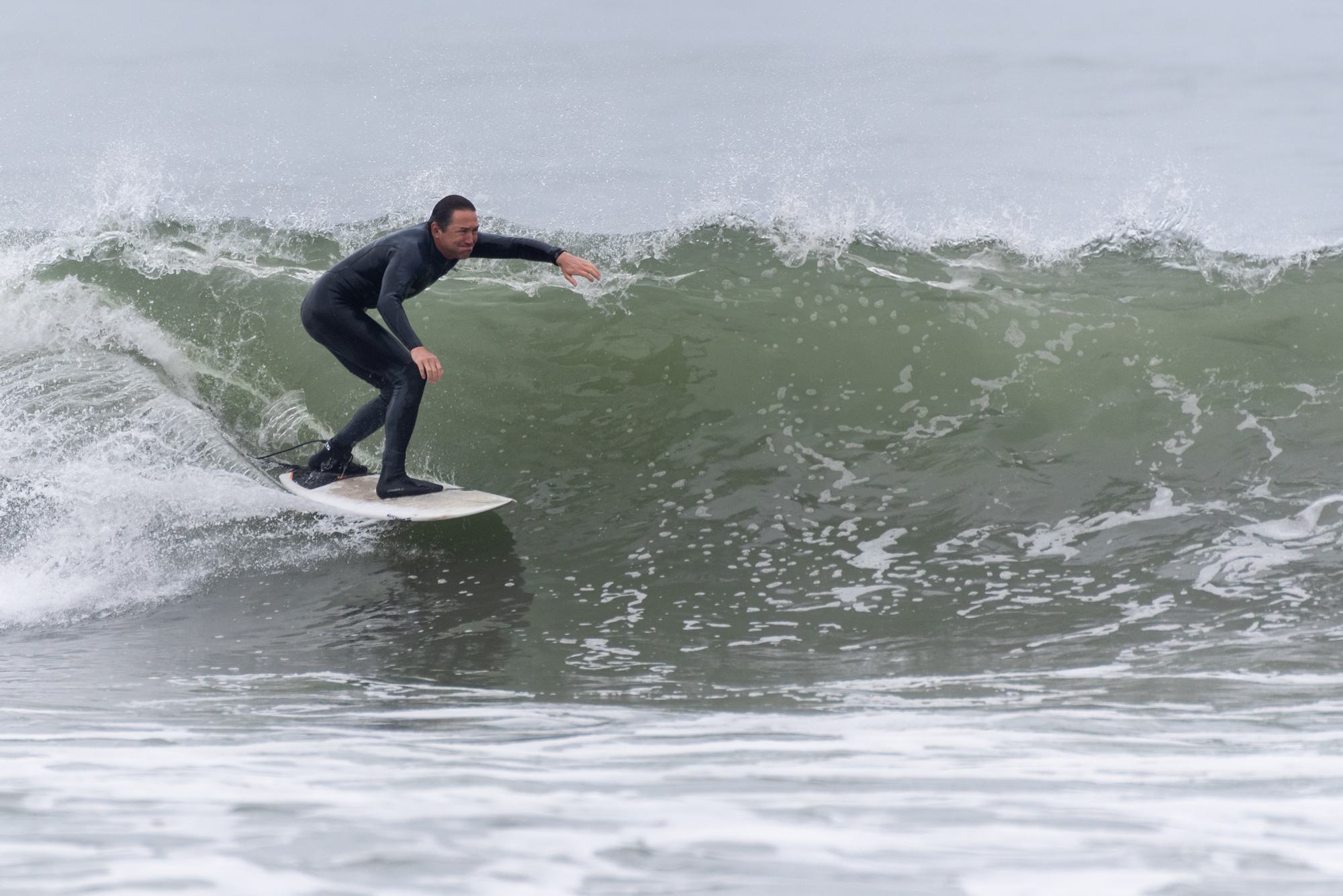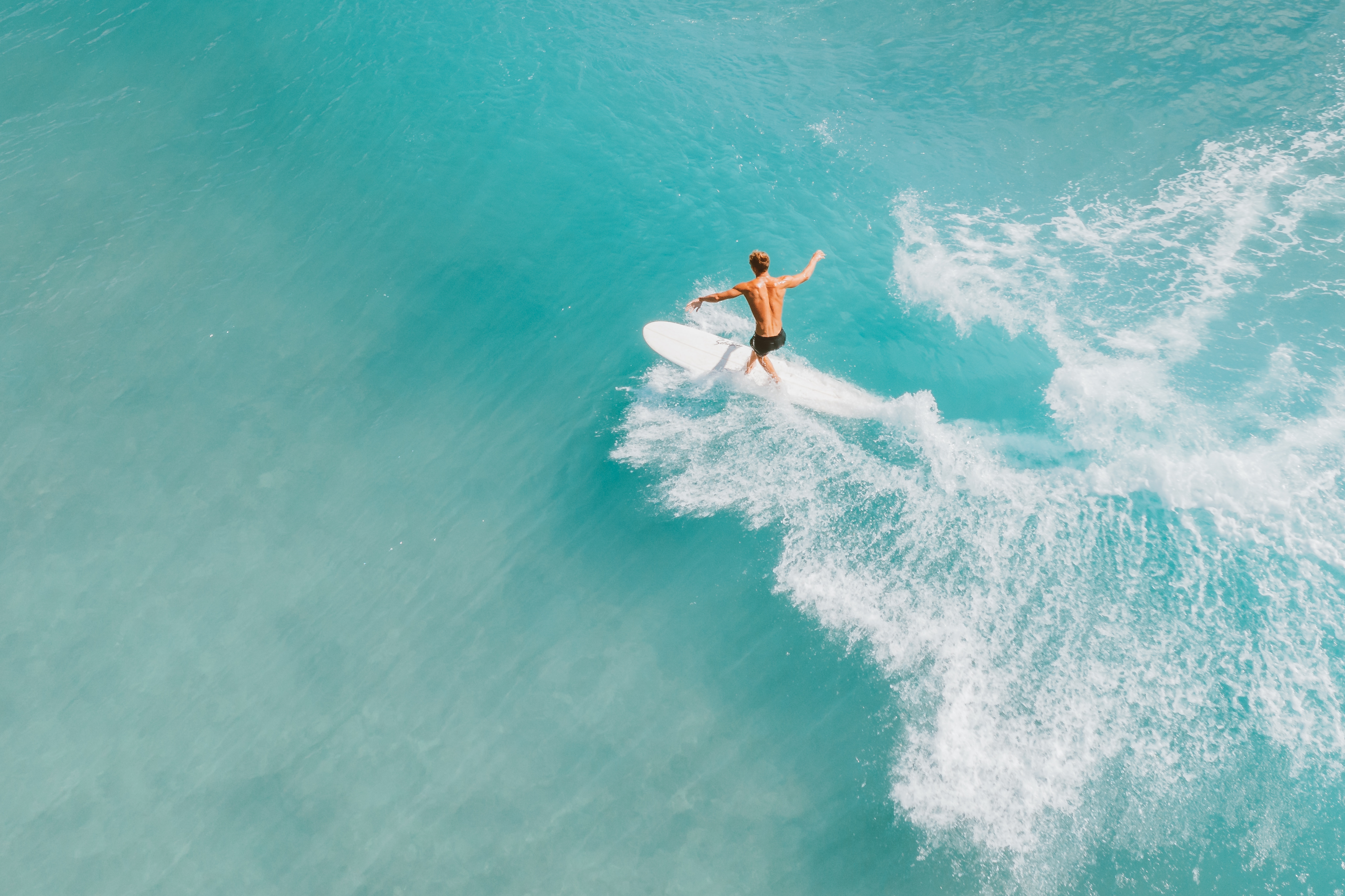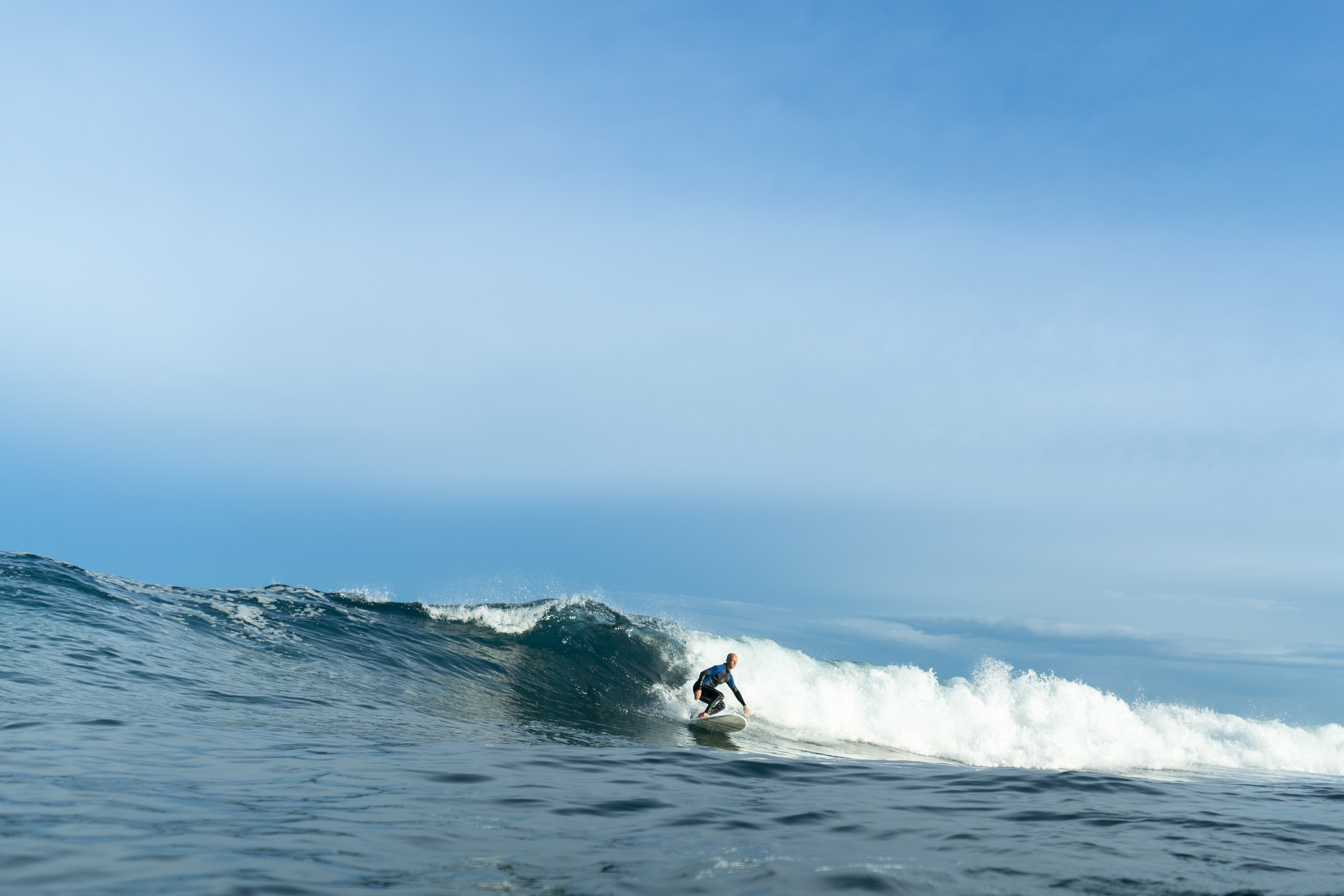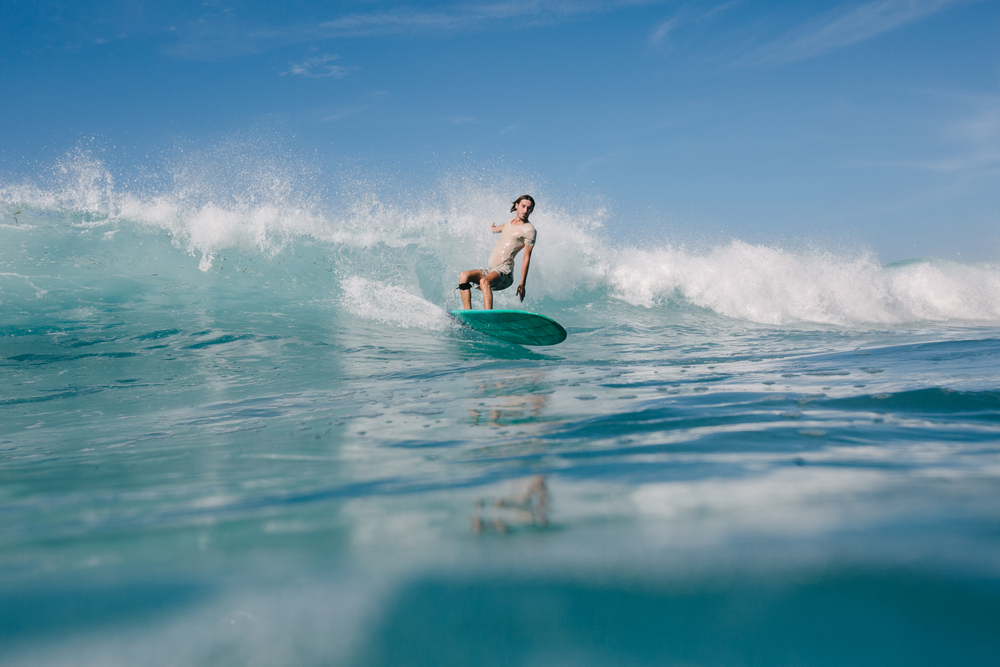Whether a passionate amateur or a consummate professional, surfing is one of the most extreme sports you can experience on a beach. There is something thrilling about mastering the waves while feeling the adrenaline course through your veins.
Like any other sport, however, you need to prepare your gear for the most enjoyment possible. For surfing, this means using surf wax on your board. What’s more, you need to know what type of wax to use and how to apply it correctly.
Let`s learn more about surfboard waxing!
What is Surf Wax For?
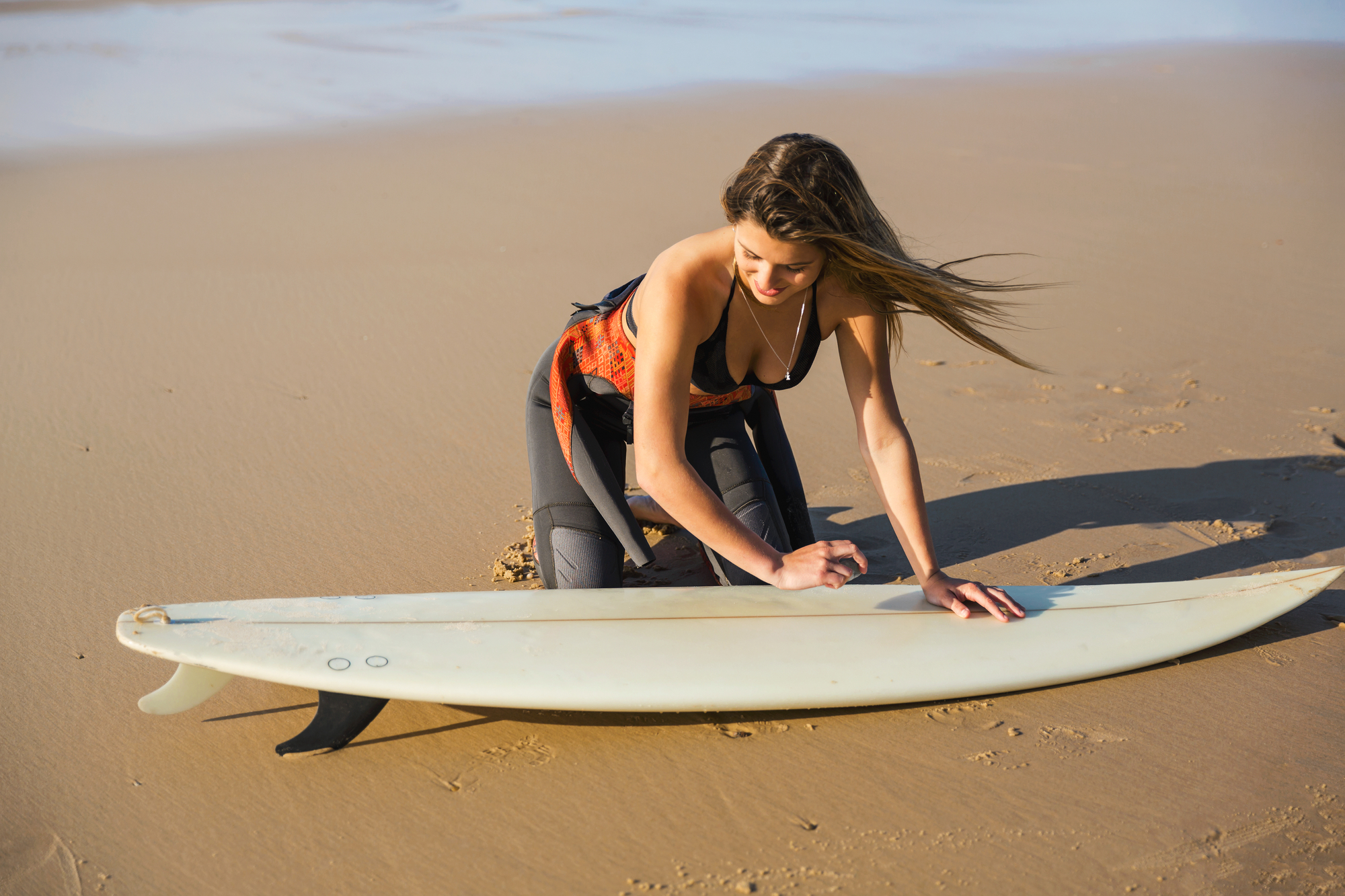
So, let’s start with the most essential question: what is surfboard wax used for?
Surfboard wax helps you maintain your grip on the board. Without wax, you’ll never be able to stand upright on your board, let alone do tricks!
Using the right type and amount of wax is essential for riding waves smoothly. However, too much wax can increase your board’s drag and ruin your surfing experience. This is why it’s vital to know how to apply wax properly.
The Different Types of Surfboard Waxes
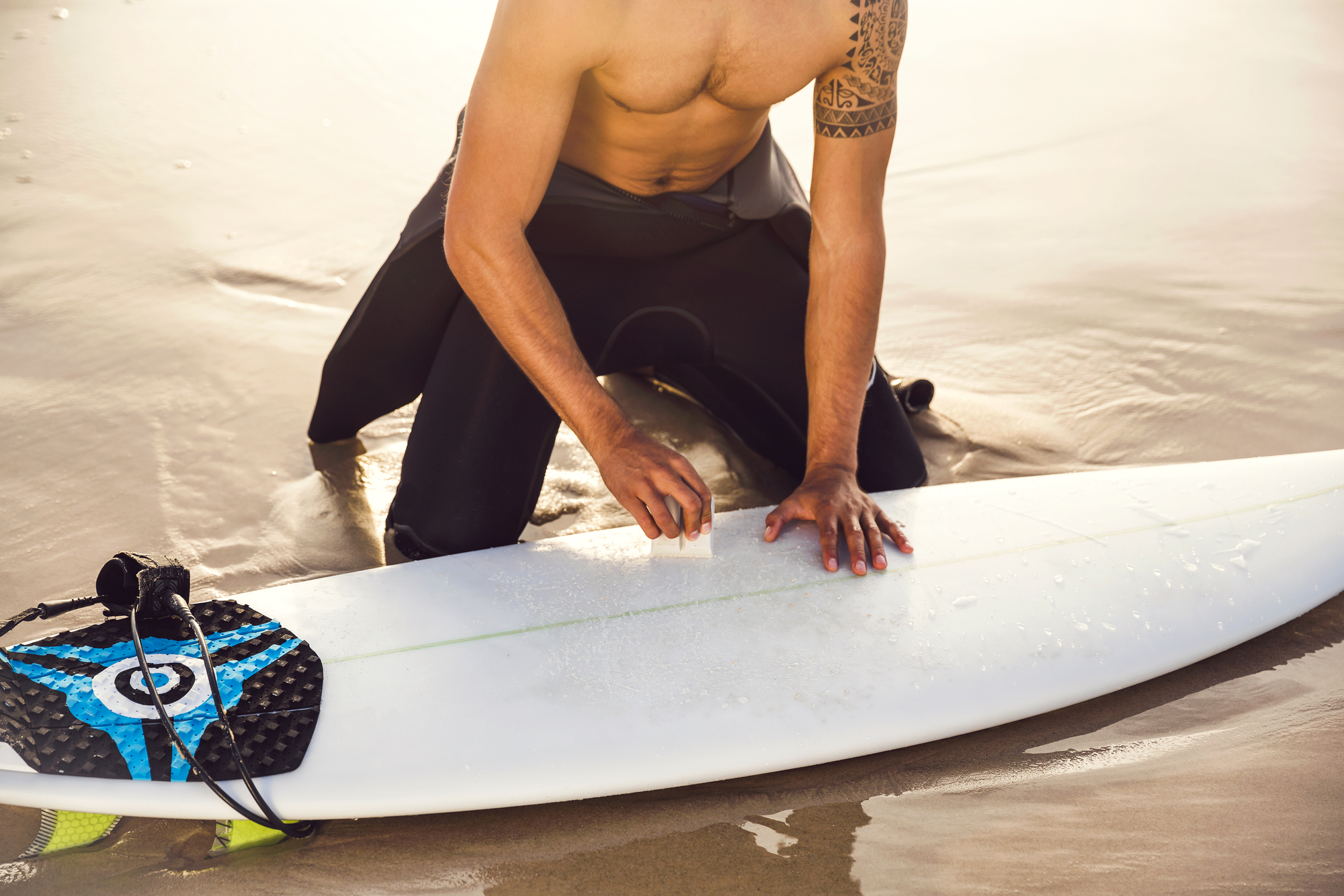
Putting wax on your surfboard is more than just finding any old wax and slapping on a coat. There are two critical areas of surfboard waxes you should consider.
First are the wax layers on your board: the base coat and the top coat. These two layers have separate functions, but both are critical for your board to work correctly.
The second is the consistency of the wax. You’ll find traditional and sticky wax variants.
Basecoat
The basecoat is the initial wax layer you will apply to your board. The basecoat is a stiffer wax used in warm or tropical conditions. The basecoat provides small bumps along your board's surface, allowing you to have a better grip.
While the basecoat lasts longer than the top coat, it is more difficult to apply. It may take some trial and error before you find the right amount of basecoat for your board.
Top Coat
On top of the basecoat, you will apply the top coat. Use gentle pressure and a circular motion when applying the top coat. The top coat makes the small bumps on the surface of your board more pronounced, further improving your footing.
As with the base coat, you need to find the right amount of top coat for your board. Be careful when applying the top coat since too much will make your board slippery and challenging to ride.
Traditional Wax vs. Sticky Wax
The most popular type of wax is traditional wax. Traditional waxes are easy to apply and can last for multiple rides. You can use traditional wax for both the top coat and the basecoat. Traditional wax is more popular since this type is formulated for warm conditions.
On the other hand, sticky wax is formulated for cold conditions. Sticky wax is softer and more pliable compared to traditional wax. Using sticky wax takes some practice to master since the wax feels squisher beneath your feet.
The Benefits of Waxing Your Surfboard
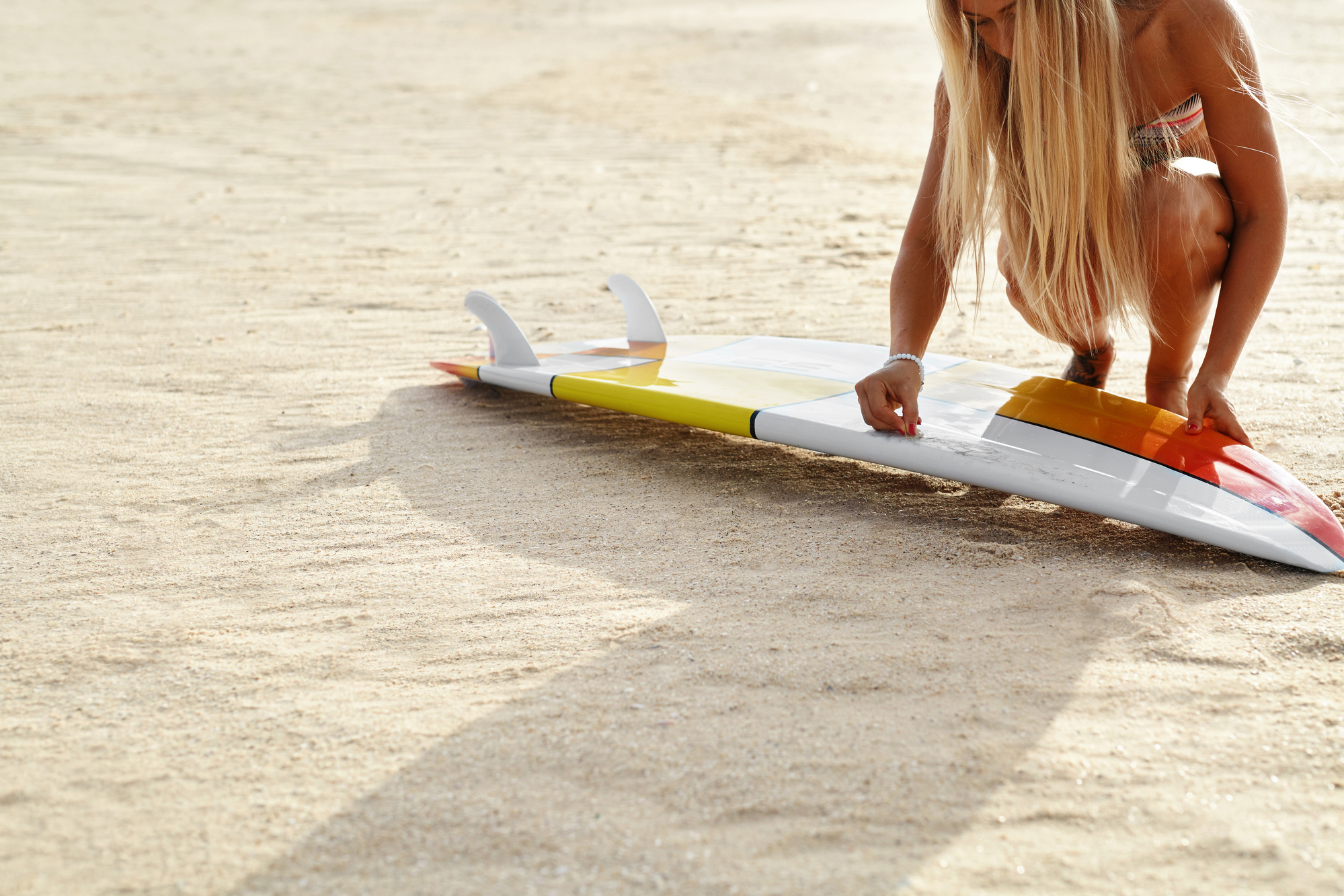
Having your surfboard waxed comes with great benefits. If you are a surfer (especially an athlete), you already know its benefits, such as giving you a good grip of your feet onto your surfboard, which is important in such sports.
Besides giving you a good grip on the surfboard, surfboard wax also provides you with a safe surfing journey. In terms of being safe, it means that you will not easily fall off the surfing board because of the wax on your surfboard. You can also easily paddle with it without worrying about sliding off the surfboard.
Do You Need to Use a Wax Comb?

This is used for wax removal or maintenance on surfboards. Wax combs have teeth that make it easier to remove old wax and apply a new coat.
While wax combs are not strictly required for applying wax, many surfers say that using a wax comb makes the process easier and much more efficient. If you go surfing regularly, it might be a good investment.
Steps in Waxing Your Surfboard
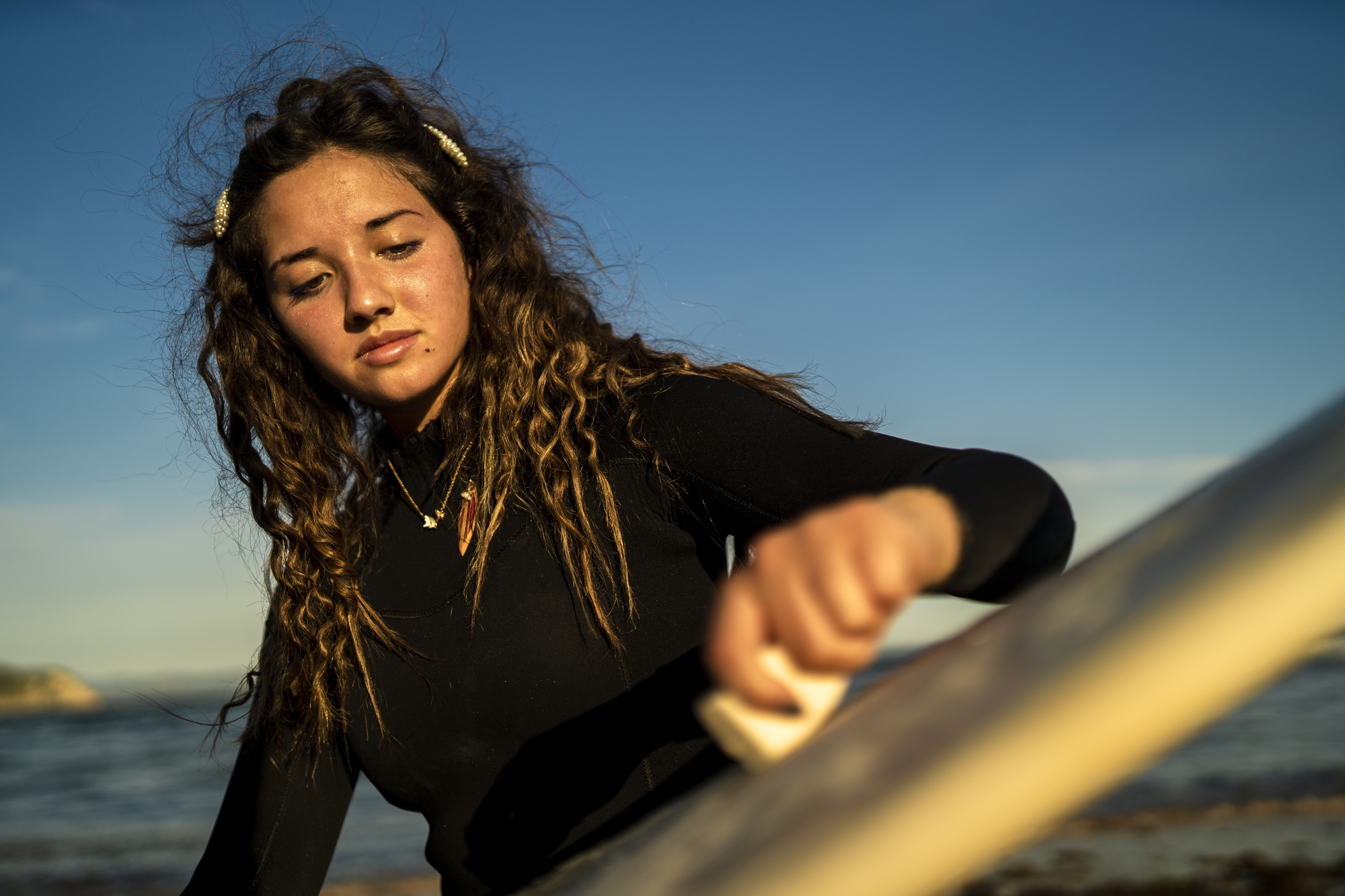
Because wax hardens as it dries out, surfing on it can cause a rash on your upper body. If you're not wearing a wetsuit while surfing. If you rent a board, wear a rash guard because the board may have old or residue wax on it. This will allow you to surf the following day. Applying new wax to an old layer will cause skin irritation because the surface will become bumpy and uneven.
1. Clean your surfboard
Skip ahead to the next step if you're waxing a new surfboard. If you're waxing a used board or re-waxing your surfboard, make sure you clean the top of it first. The old wax on the board will cause new wax to flake off sooner, resulting in layers of old useless wax that are bad for performance and your surfboard.
It's also crucial that the basecoat is applied directly to the surfboard's surface to do its job correctly. When your board feels smooth and looks clean, you've removed the old wax and can start applying a new coat.
2. Apply the coat
Initially, add the base coat first. The basecoat's goal is to make a sturdy layer of stiff wax for the topcoat to adhere to. Next, add the top coat. Make sure that the top coat and basecoat layer are evenly applied along the surface of your board.
You must choose the appropriate temperature wax for the water you will be surfing. If you are surfing in a cold country, you must choose a wax that is suitable for low-temperature water, while if you are in a tropical country, you must select a wax ideal for high-temperature water.
How to Remove Wax
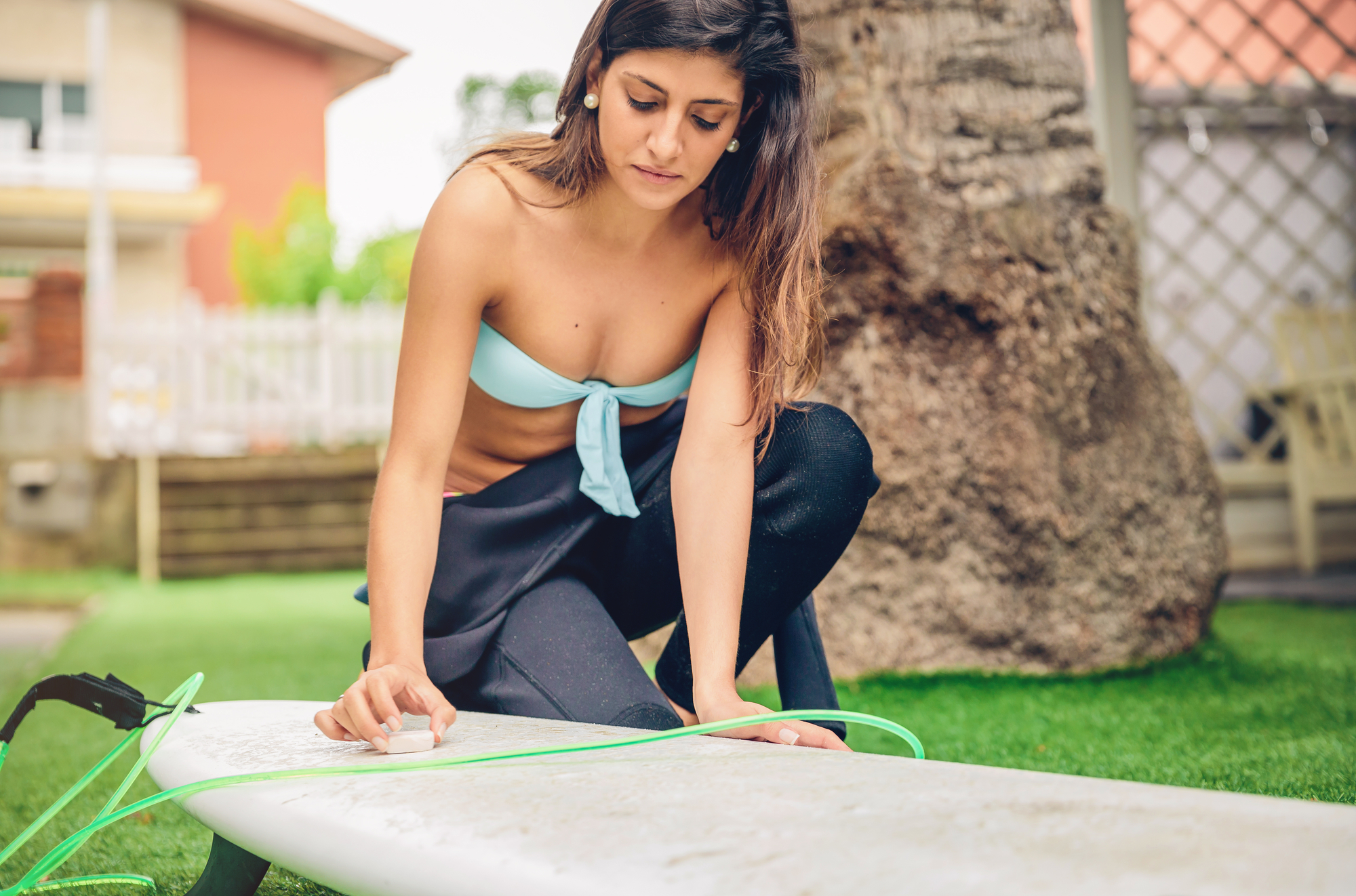
Removing old wax from your board is a matter of personal preference. You can simply lay your board on the sand and leave it there for a few minutes. The sand will rub against the wax and loosen the wax’s grip on your board. After a few minutes, you can simply remove the wax and sand with a soft cloth. Grass can also work, but it is less effective compared to sand.
If you’re at home, you can use a hair dryer! Point the hair dryer to the highest and hottest setting on your board and allow the wax to melt. After the wax is sufficiently melted, you can remove it easily with a clean cloth.
You can also use your wax comb to remove old wax. Run the comb along the surface of your board to remove as much wax as possible. However, you might still need to wipe down the remaining residue with a cloth to achieve a thorough cleaning.
It is critical to clean old wax from your board before you apply a new coat. Leaving old wax can cause your new wax layer to adhere improperly and lessen your traction when riding.
Conclusion
For any surfer, surf wax is an excellent investment. Finding a quality surf wax that works for you, no matter how experienced you are with the sport, is critical.
Waxing your surfboard is a tried and true method of maintaining your grip on the water. Furthermore, beginners should learn how to wax their surfboards so they do not fall from their boards during their rides.
Have fun hitting the waves!

